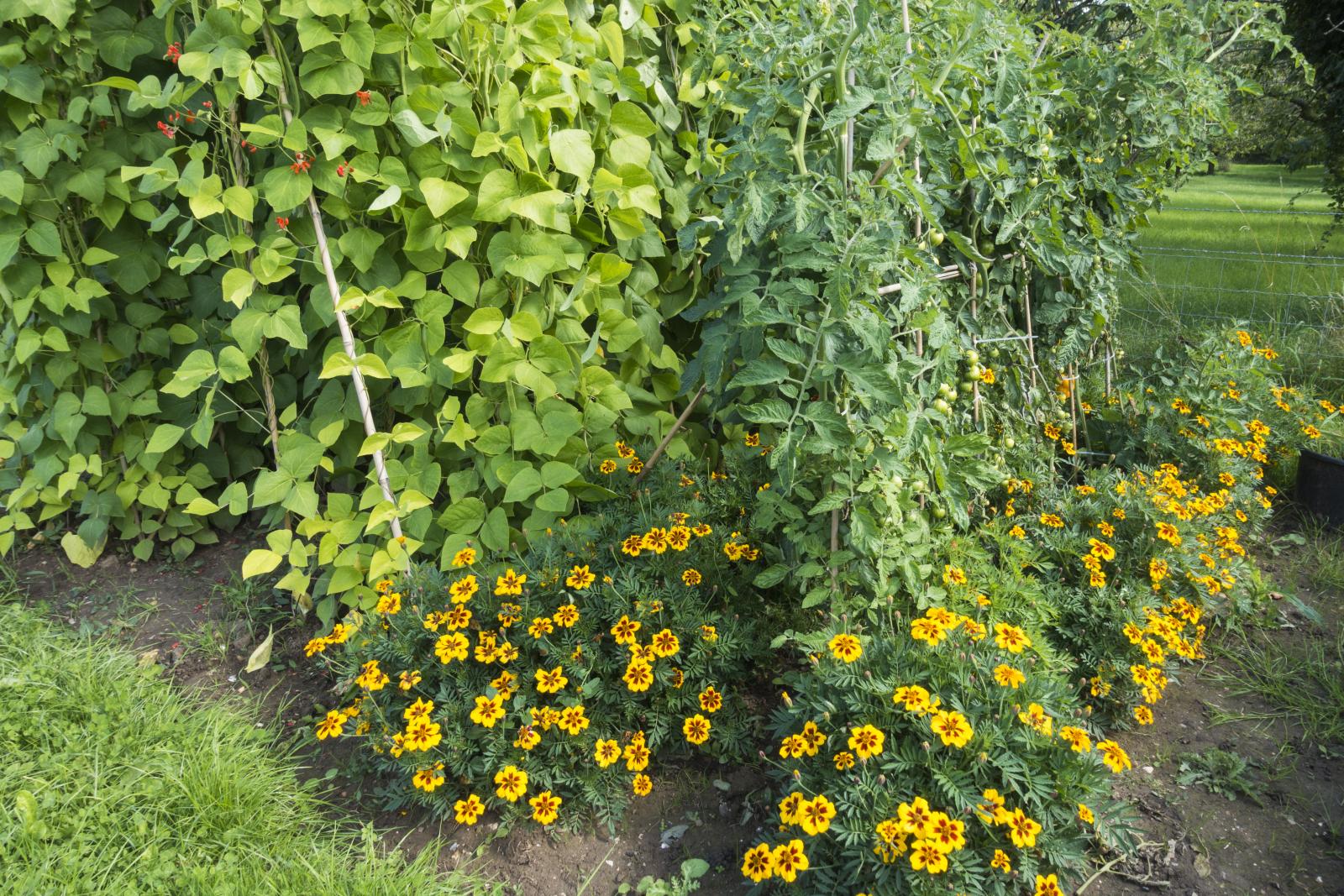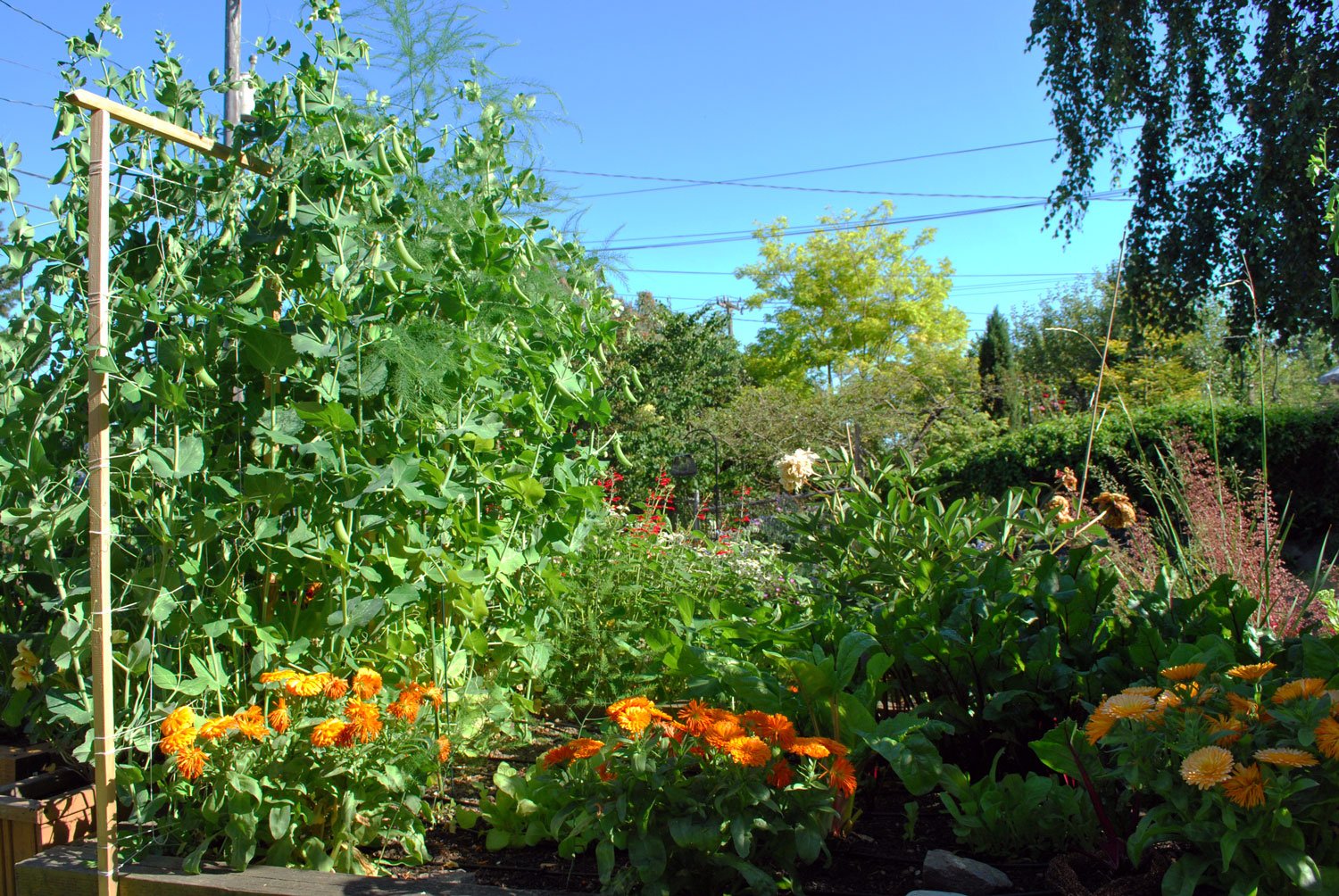The Best Companion Plants For Calendula
The Best Companion Plants for Calendula
Calendula is a beautiful and versatile flower that can be used in a variety of ways. It is also a great companion plant for other vegetables and herbs in the garden. In this blog post, we will discuss the best companion plants for calendula, as well as the benefits of companion planting.
What is Companion Planting?
Companion planting is the practice of planting certain plants together in order to benefit each other. Some plants can help to repel pests, attract pollinators, or improve the soil quality. By planting companion plants together, you can create a more balanced and productive garden.
Why Plant Calendula?
Calendula has a number of benefits that make it a great choice for companion planting. It is a relatively easy plant to grow, and it is resistant to pests and diseases. Calendula also attracts pollinators, such as bees and butterflies. These pollinators help to pollinate other plants in the garden, which can lead to increased yields.
What are the Best Companion Plants for Calendula?
There are many different plants that can be paired with calendula. Some of the best companion plants for calendula include:
- Asparagus. Asparagus is a heavy feeder, and calendula can help to improve the soil quality around asparagus plants.
- Beans. Calendula can help to repel aphids, which are a common pest of beans.
- Broccoli. Calendula can help to deter cabbage moths, which are a common pest of broccoli.
- Carrots. Calendula can help to improve the flavor of carrots.
- Cucumbers. Calendula can help to repel cucumber beetles, which are a common pest of cucumbers.
- Potatoes. Calendula can help to repel nematodes, which are a common pest of potatoes.
- Pumpkins. Calendula can help to attract pollinators, which can help to improve the pollination of pumpkins.
- Tomatoes. Calendula can help to repel whiteflies, which are a common pest of tomatoes.
Benefits of Companion Planting with Calendula
There are many benefits to companion planting with calendula. Some of the benefits include:
- Increased pollination. Calendula attracts pollinators, which can help to increase the pollination of other plants in the garden. This can lead to increased yields.
- Reduced pest pressure. Calendula can help to repel pests, such as aphids, whiteflies, and cabbage moths. This can help to keep your plants healthy and productive.
- Improved soil quality. Calendula is a nitrogen-fixing plant, which means that it can help to improve the soil quality around it. This can benefit other plants in the garden.
- Visual appeal. Calendula is a beautiful flower, and it can add visual interest to your garden.
How to Plant Calendula with Companion Plants
When planting calendula with companion plants, there are a few things to keep in mind. First, you need to choose the right companion plants for your specific needs. Second, you need to plant the companion plants in the right location. Third, you need to water and fertilize the plants regularly.
Conclusion
Calendula is a great companion plant for a variety of vegetables and herbs. By planting calendula with companion plants, you can create a more balanced and productive garden. Calendula has a number of benefits, including attracting pollinators, repelling pests, and improving soil quality. If you are looking for a versatile and easy-to-grow plant to add to your garden, calendula is a great choice.
Calendula is a beautiful and versatile flower that has many uses, both medicinal and culinary. But did you know that calendula can also be a great companion plant? That's right, planting calendula near other flowers can help to deter pests, attract pollinators, and improve the overall health of your garden.
If you're interested in learning more about calendula companion planting, I recommend visiting Gardenia Inspiration. This website has a wealth of information on the topic, including lists of compatible and incompatible plants, as well as tips on how to plant and care for calendula.
FAQ of calendula companion
Q: What is calendula companion planting?
A: Companion planting is a gardening technique of planting certain plants together to enhance their growth and deter pests. Calendula is a good companion plant for many vegetables, flowers, and herbs.
Q: What are some good companion plants for calendula?
A: Some good companion plants for calendula include:
- Beans: Calendula can help to deter aphids, which are a common pest of beans.
- Carrots: Calendula can help to repel carrot fly, which is a common pest of carrots.
- Cucumbers: Calendula can help to attract pollinators, which are essential for cucumber pollination.
- Peas: Calendula can help to deter pests such as aphids and whiteflies, which are common pests of peas.
- Tomatoes: Calendula can help to repel nematodes, which are a common pest of tomatoes.
Q: What are the benefits of companion planting with calendula?
A: There are many benefits to companion planting with calendula, including:
- Increased pollination: Calendula attracts pollinators, which are essential for the pollination of many plants.
- Pest control: Calendula can help to deter a variety of pests, including aphids, whiteflies, nematodes, and carrot fly.
- Improved soil health: Calendula can help to improve soil health by attracting beneficial insects and microorganisms.
- Enhanced growth: Calendula can help to enhance the growth of other plants by providing them with nutrients and protection from pests.
Q: How do I plant calendula as a companion plant?
A: To plant calendula as a companion plant, simply plant it near the other plants that you want to benefit from its presence. Calendula is a relatively easy plant to grow, and it will thrive in most garden conditions.
Image of calendula companion
- Cucumbers: Calendula helps to repel cucumber beetles, which can be a major pest for cucumbers.

- Tomatoes: Calendula helps to attract beneficial insects, such as ladybugs and lacewings, which can help to control tomato pests.

- Peas: Calendula helps to improve the growth of peas by attracting nitrogen-fixing bacteria to the soil.

- Carrots: Calendula helps to deter carrot fly, which is a major pest for carrots.

- Asparagus: Calendula helps to improve the flavor of asparagus by attracting pollinators.

Post a Comment for "The Best Companion Plants For Calendula"